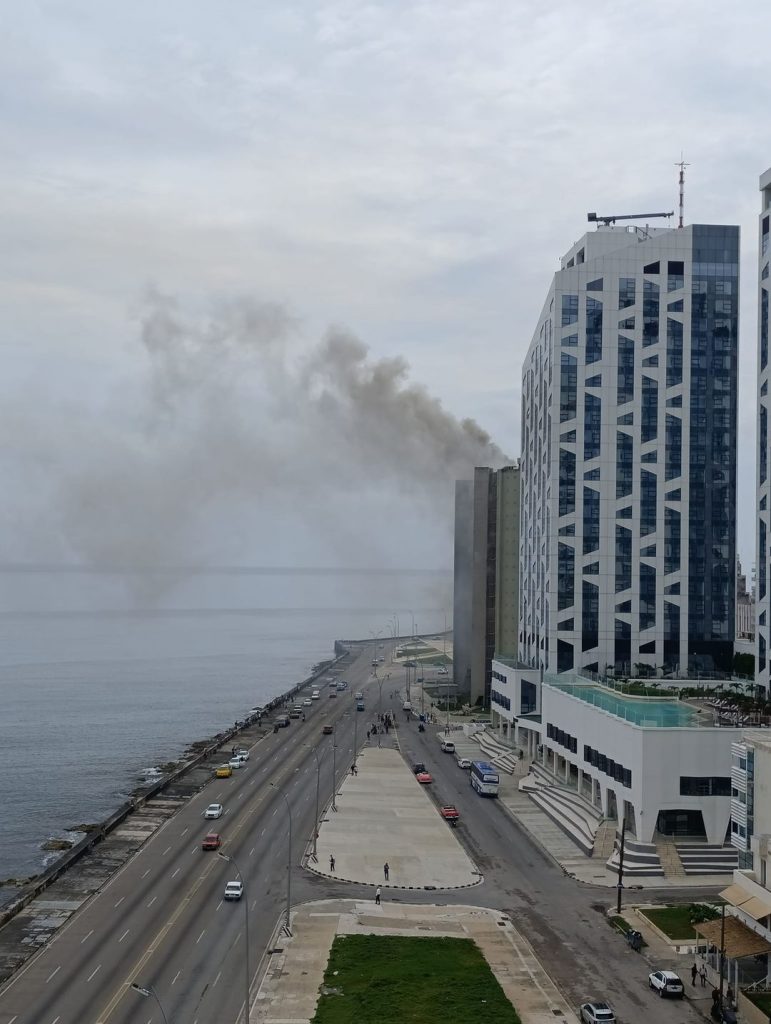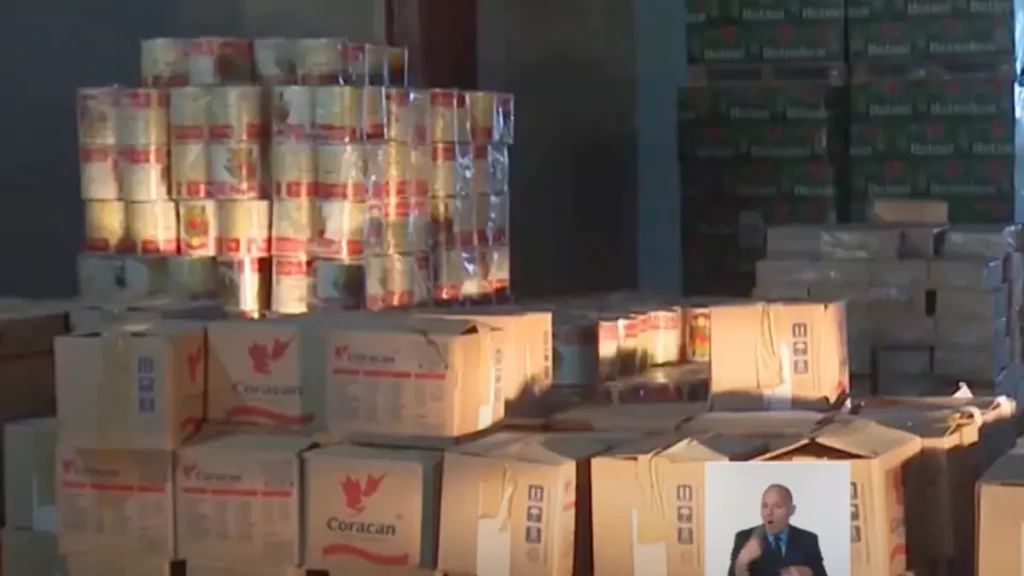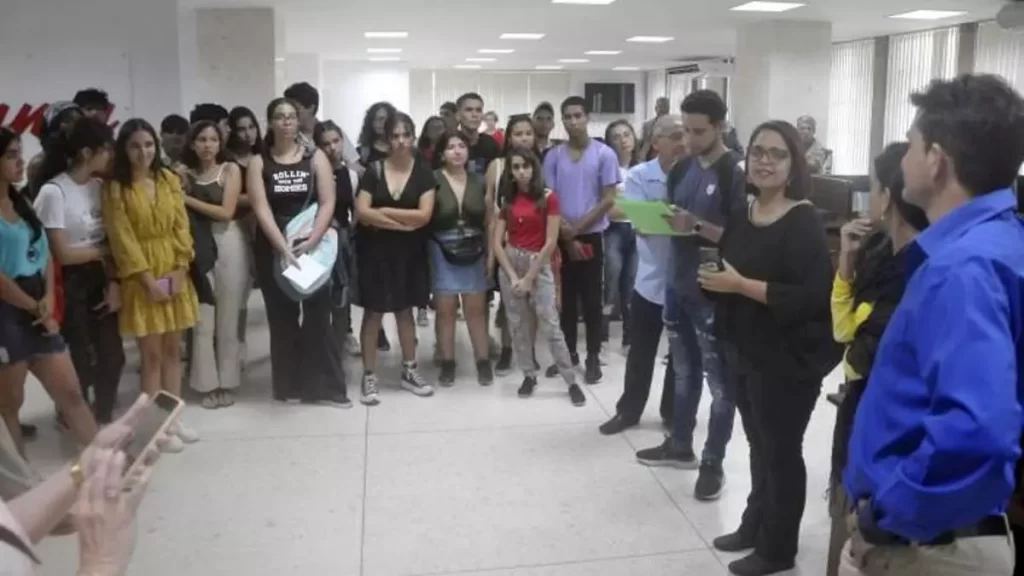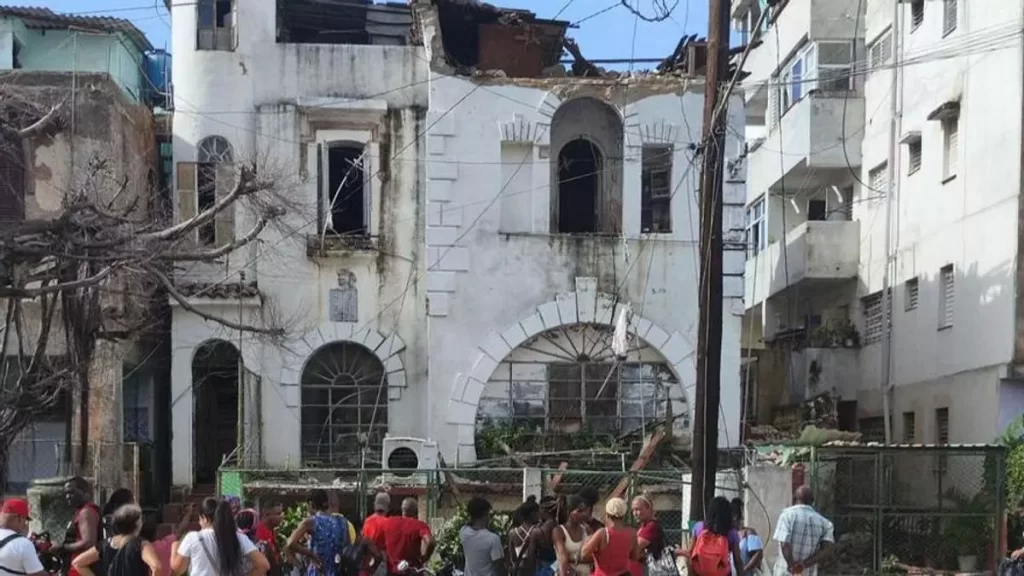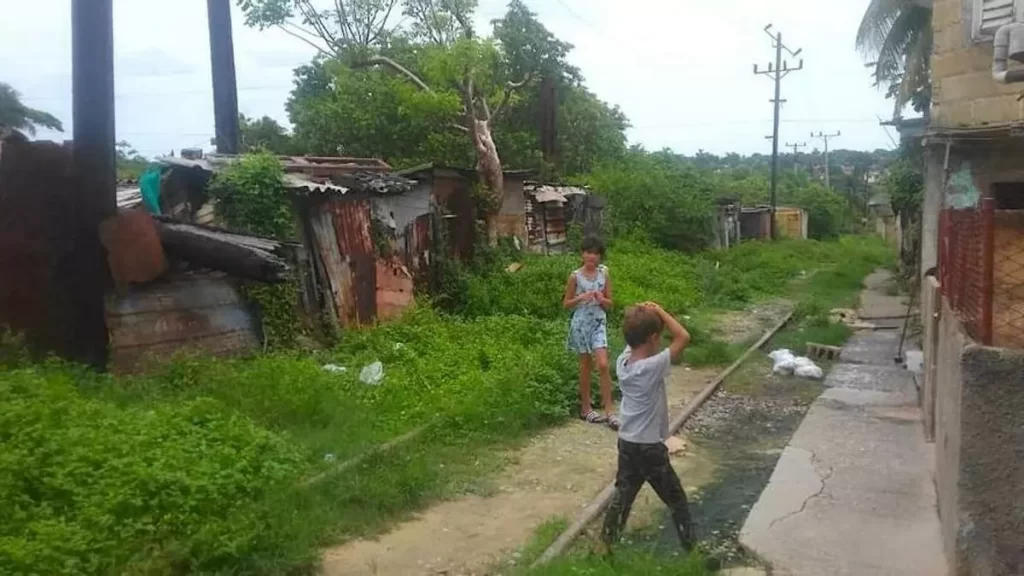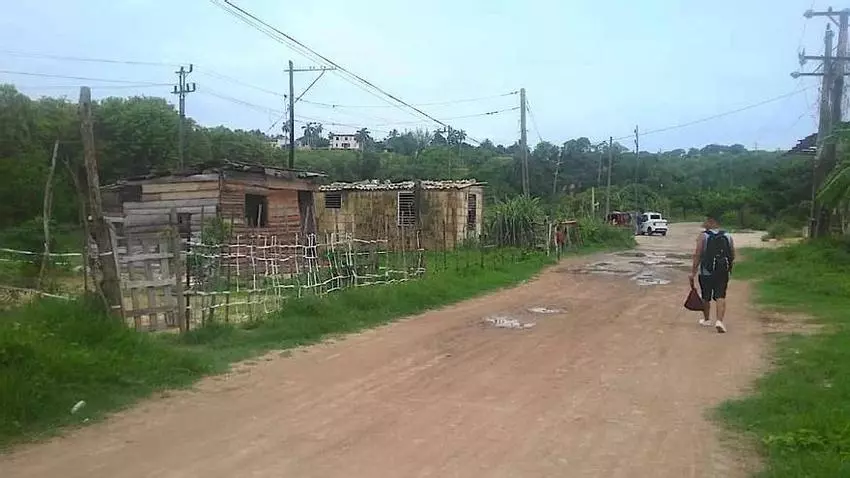It is not only about elections that could change the course of Venezuelans but also about their consequences for the interior of our Island.

![]() 14ymedio, Yoani Sánchez, Generation Y, 23 May 2024 — The news is fragmented and confusing, but in Cuba people are “alert” when it comes to the electoral process in Venezuela. In the midst of daily problems, power cuts that are spreading throughout the island and inflation that has sunk the purchasing power of a good part of the population, it is hard to believe that what is happening abroad could be a topic of interest here. But the July 28th meeting is not just any event and it is not in just any country.
14ymedio, Yoani Sánchez, Generation Y, 23 May 2024 — The news is fragmented and confusing, but in Cuba people are “alert” when it comes to the electoral process in Venezuela. In the midst of daily problems, power cuts that are spreading throughout the island and inflation that has sunk the purchasing power of a good part of the population, it is hard to believe that what is happening abroad could be a topic of interest here. But the July 28th meeting is not just any event and it is not in just any country.
At the beginning of this century, the alliance between Havana and Caracas had signs of eternity. The generous oil subsidy that Hugo Chávez granted to the Island allowed the Cuban regime to abandon some of the economic reforms forced by the crisis after the fall of the Soviet Union. As in any political marriage, both parties not only joined forces in the economy, international diplomacy and ideological discourse but also harmonized in their methods.
Chavismo seemed ever more similar to Castroism. The persecution of opponents, the illegalization of parties, the execution of the reputations of adversaries, and exile as the only option for those who opposed him became everyday situations in Venezuela. The hijacking of democratic institutions, the dismantling of the free press and the political tantrums in international forums completed the picture of similarities. But, unlike in Cuba, in the Bolivarian nation a small electoral gap was left open to shake off Nicolás Maduro. continue reading
Now, with just a few weeks left before the presidential elections in Venezuela, we Cubans are holding our breath. We know that any justification can emerge from the Miraflores palace to cancel the electoral process and we also know the thousand and one tricks that authoritarians can pull out of their sleeves to avoid leaving power. We move between expectation and fear. No one knows better than we do what is at stake.
Between expectation and fear we move. Nobody, like us, knows what is at stake
Not only are these elections likely to change the course of Venezuelans’ national life, but their consequences for the interior of our island are impossible to calculate. Not only is there a probable cut in the supply of Venezuelan oil to Cuba, which has already been reduced in recent months, but there is also the message that will reach so many of my compatriots who have lost hope of shaking off a dictatorship.
If Maduro goes to the polls, he is very likely to lose resoundingly, at least that is what the polls indicate. But before that day, he could invent a military conflict that would force him to declare a state of emergency or invalidate Edmundo González Urrutia, the main opposition candidate who is overshadowing him. Anything is possible, but any such outcome would sink his regime even further into disrepute and economic sanctions.
Meanwhile, in Cuba, millions of eyes are watching the electoral ups and downs in Caracas. One day we wake up skeptical thinking: “He’ll do something, he’ll surely cancel everything before losing.” But the next day the optimistic streak takes over and we say to ourselves: “If they win, so will we.” There are more than two months left. There is time for hope and time for disappointment. Whatever happens, the shock wave will reach this Island.
________________________
Editor’s note: This article was originally published on DW and is reproduced under license from the author.
____________
COLLABORATE WITH OUR WORK: The 14ymedio team is committed to practicing serious journalism that reflects Cuba’s reality in all its depth. Thank you for joining us on this long journey. We invite you to continue supporting us by becoming a member of 14ymedio now. Together we can continue transforming journalism in Cuba.



